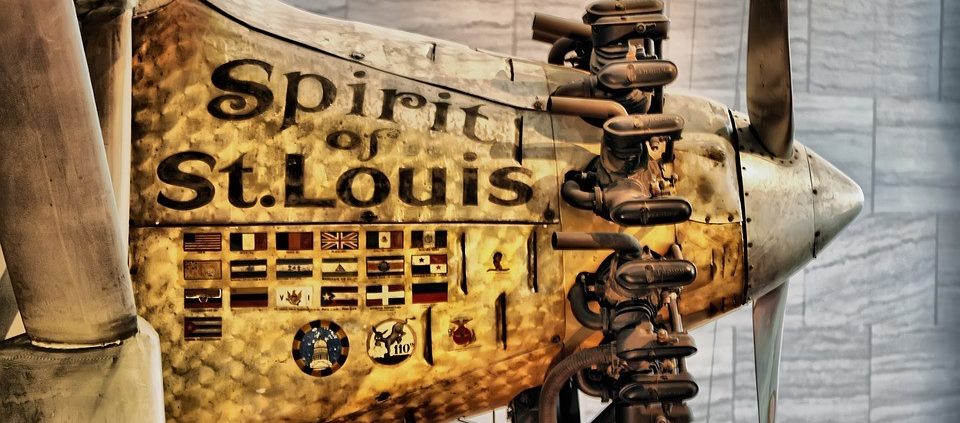The Pilot That Captured the Heart of a Country
Charles Lindbergh “Lone Eagle”
Charles Lindbergh is most remembered for being the first man to fly solo in a non-stop flight across the Atlantic Ocean in 1927, and for the tragic kidnapping and murder of his son. However, his accomplishments throughout is 72 years of life went well beyond these two events.
His incredible fame from his monumental achievement allowed Lindbergh to help the industry that had been a huge part of his dreams since he first watched “barnstorming” shows as a young boy. He traveled throughout the country in his plane giving speeches and promoting the field of aviation.
President Herbert Hoover appointed Lindbergh to the National Advisory Committee for Aeronautics. He served on the board of directors for Pan-American World Airways acting as a special advisor. Lindbergh can be credited with a hand in the development of the age of commercial aviation.
The public’s thirst for Lindbergh led to him becoming a celebrity across the world. His fame even led to the beginning of a long-running media tradition. Images of the man could be found on nearly every magazine cover across the country. All except for Time magazine.
Later that year, the editors who chose not to assign a cover to Lindbergh after his flight, came up with a way to make up for their poor decision. The devoted the entire issue to him and his momentous flight. Time magazine put Lindbergh on its cover and named him “Man of the Year”, a tradition that is still used to this day.
Beyond The Sky
Lindbergh’s interests were not limited to airplanes. When he learned of the experiments Robert Goddard was performing with rockets in 1929, Lindbergh reached out to the scientist. Their friendship was one that would last until Mr. Goddard passed away.
Lindbergh helped secure the funding that Goddard used in research and experiment that would later earn Goddard the title of “father of modern rocketry”. As the astronauts of Apollo 8 prepared to be launched into space, Lindbergh sent them a message of gratitude for helping to turn Goddard’s dreams into reality.
More than Just a Flyer
Lindbergh found another interest in 1930 when his sister-in-law developed heart problem that would eventually claim her life. He could not accept that it was impossible to surgically repair a damaged heart. Lindbergh met French surgeon Alexis Carrel, winner of a Nobel Prize.
The pair created a perfusion pump in 1935, which would allow doctors to sustain organs outside the body for a brief time. This invention was not successful in practical application. However, Lindbergh’s work led toward innovations that gave surgeons to stop a heart during surgery and the creation of the artificial heart.
Dreams As High As the Clouds
Lindbergh was a young boy when he saw a “barnstormer,” fly into town. “I remember lying in the grass and looking up at the clouds and thinking how much fun it would be to fly up there among those clouds,” he said. Lindbergh did, indeed, fly high. The rise of aviation that came in the 20th century could easily be attributed to all he accomplished.
Source: https://pixabay.com/en/smithsonian-dc-lindberg-museum-2501720/



